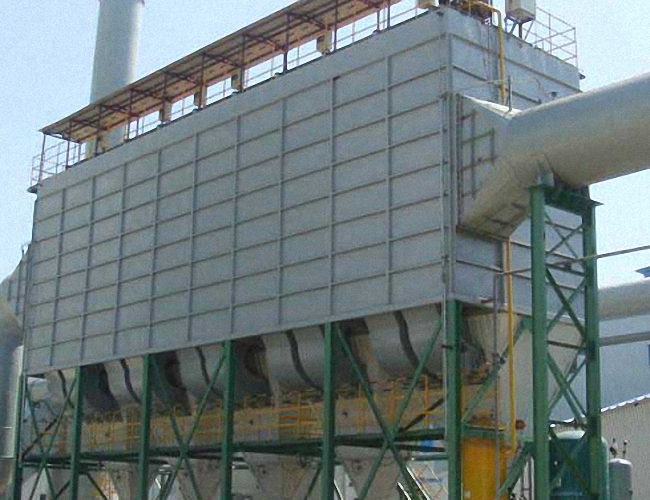- +8618937185591
- +8618937185591
- ec19@zkcorp.com
- +8618937185591

Wet dust collector divided by the structure of the following types:

Classification:
Wet Type dust collector divided by the structureof the following types
(1) Gravity spray wet dust collector, suchas spray bar tower.
(2) Tornado wet dust collector, such ascyclone membrane filter, water membrane filter.
(3) Self-excited wet dust collector, suchas impulse precipitator, water bath precipitator.
(4) Packing type wet precipitator, such aspacking tower, turbulent ball tower.
(5) Foam wet dust collector, such as foamprecipitator, swirling dust collector leakage plate tower
(6) Venturi wet dust collector, such asventuri dust collector.
(7) Mechanical induced precipitator, suchas diverter wheel dust collector.
Advantages:
1. Due to the simultaneous mass transferand heat transfer during the contact of gas and liquid, this type ofprecipitator not only has the function of dust removal, but also has thefunction of cooling flue gas and absorbing harmful gas.
2. Suitable for high temperature treatment.High temperature, flammable and explosive gases;
3. The normal operation into the highpurification efficiency;
4 Can be used for the accumulation of dustdust, gas;
5. Discharge volume balance;
6. Simple structure, small footprint. Lowinvestment;
7. Operational safety, operation andmaintenance convenience.
Disadvantages:
⑴ Mud discharged from the wet dust collector to be processed,otherwise it will cause secondary pollution;
⑵ When purifying corrosive gases, the chemical attack is transferredto the water, so the sewage system should be protected with anti-corrosionmaterials;
⑶Not suitable for hydrophobic soot; viscous dust easily lead toclogged pipes, leaves, etc .; |
⑷ Compared with dry-type dust collector needs to consume water, anddeal with the problem, antifreeze measures should be used in cold areas.